An assessment of the potential impact on Malaysia Airlines following the disappearance its flight to Beijing
“The leaders at the helm of managing the entire crisis and facing the media are clearly not properly media trained. Was there a crisis communications plan, and did the leaders stick to it?”
These are the words of a Singapore-based aviation risk expert who has spoken to StrategicRISK on condition of anonymity. He said that the episode highlighted the importance of effective crisis communications.
“It was obvious even up to today that there is very little command, control and coordination in the way information is released to the media, affected families and public at large,” he said.
“The first few waves of contradictory messages came forth when the authorities were under severe duress to say something. From then on, trust was obviously impaired and almost everything that was said came under scrutiny and question.”
The Malaysia Airlines Boeing 777 took off from Kuala Lumpur about 12.40am on March 8. The aircraft was carrying 239 people when it disappeared along its path to Beijing. The Malaysian prime minister Najib Razak subsequently referred to the disappearance as a “situation without precedent”.
Speaking exclusively to SR, the chairman of the Malaysian Association of Risk and Insurance Management (MARIM) Mohamad Bin Mohd Zain said that “as a national carrier with an international footprint”, Malaysia Airlines would undoubtedly have a reasonable risk-minimisation plan in place to manage reputation risk.
“Since the situation surrounding MH370 is unprecedented, Malaysia Airlines should take the opportunity to review its existing risk minimisation plan taking into consideration the new scenario,” he said.
Mohd Zain said that he believed Malaysia Airlines had taken the position to only make public comment “based on the information sanctioned by the security protocol”.
“Managing reputation risk is key, but your movements will be limited when national security takes the centre stage and what you can do is limited to what is sanctioned by the authority,” he said.
“What I pick up from this event, [is that] sometimes our risk management plan must be aligned to the national level risk management plan when the event has escalated up to a national/international event.”
Loss of control
Brisbane aviation lawyer Joseph Wheeler told ABC Radio this week that media statements made by Malaysia Airlines have been “formulaic, as if they’ve been reading from a script”. ABC reporter Peter Lloyd added that it appeared the airline was drawing on a PR crisis guidebook produced by the International Air Transport Association (IATA).
“It puts emphasis on being proactive and honest and expressing regret, but it warns against statements that ‘admit liability or blame’,” Lloyd said.
“Despite IATA’s guiding advice, Malaysian (sic) lost control of the story last week when they were exposed for searching in the wrong place.
“And that wasn’t their only mis-step. Airlines are meant to keep secret the names of passengers and crew until next of kin are notified. But somehow a passenger manifest was on Twitter a few hours after the plane was missing.”
The IATA disaster manual advises airlines to build a special web presence, or ‘dark site’, on which to place media statements during a crisis. The current Malaysia Airlines dark site can be found here.
Restoring confidence
SR’s anonymous aviation risk expert predicts that reputation damage to Malaysia Airlines will be heavy.
“[It] is probably already seeing a severe drop in its bookings and lots of cancellations, especially with the recent speculations of hijack,” he said.
“Note also that before this event, it was not doing particularly well financially. The system will be severely stressed now.
“At the moment, there is probably very little that it can do – people are just scared to fly with Malaysia since it has not been established if the airline was specifically targeted.”
How the airline goes about restoring its reputation will depend on the reason behind the disappearance, he said.
“Malaysia will have to restore public confidence in its security and safety,” he added.
“Events like these can and have destroyed airlines; there is no doubt that Malaysia will be in very bad shape for the next two to five years.”
Insurance implications
MARIM’s Mohd Zain said that the airline’s insurance professionals should have a range of guidelines and standard operating procedures in place.
“However, in the case on MH370… the insurer may be still in the dark on which policy condition to invoke should the event be a covered event under the aviation insurance program procured by Malaysia Airlines,” he said.
“The impact of the incident will trigger multiple policies: material damage for the airplane, the cargo and the passengers (liability as transporter and individual insurance for business travel, group personal accident or group life insurance), hence all the affected insurers must be eager to know their exposure.”
Allianz Global Corporate & Specialty has confirmed that it is the lead insurer for Malaysia Airlines for aviation hull and liability coverage. Its holding statement says: “As is normal practice with complex risks such as airline aviation insurance, this hull and liability insurance policy is placed locally in the Malaysian insurance market, but is then reinsured to an established aviation insurance centre, such as the London insurance market where aviation insurance capacity is more widely available.
“In this case, only a small percentage of the risk is retained with the local lead insurer, with the remaining proportion of the risk fully reinsured to a number of (re)insurers.”
It has been reported that reinsurance provider Hannover Rück SE could end up spending about $42 million on claims arising from the incident.
Willis has confirmed that it is the broker to Malaysia Airlines on its hull and liability programmes.





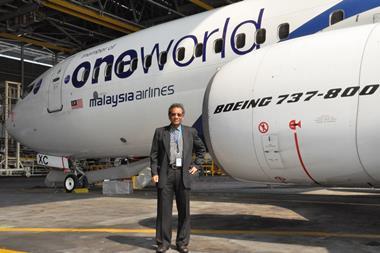
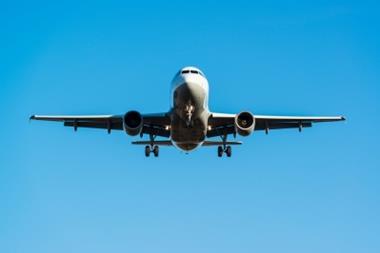
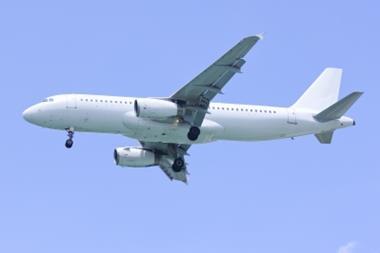
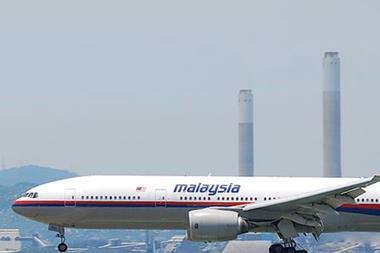
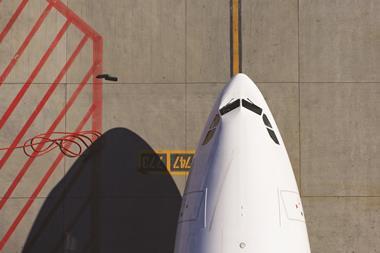



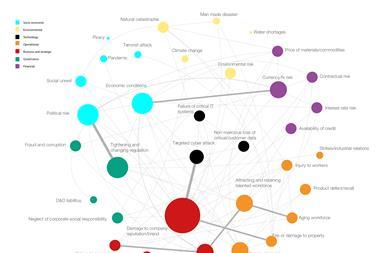






1 Readers' comment